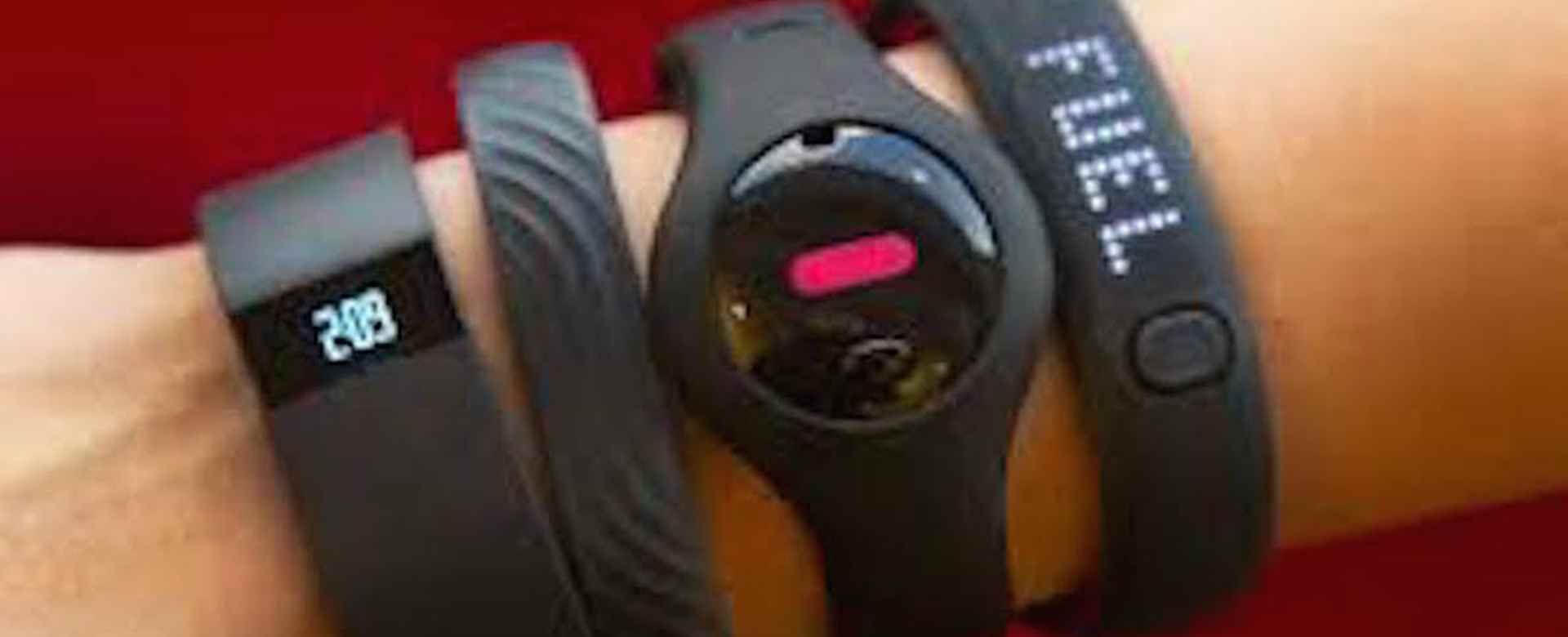With the advent of such handy and on-the-go wearable tech as smart watches, Fitbit, and even virtual reality, it’s no surprise that the healthcare industry is on board with these advances. Wearable tech is often seen as a luxury, but when it comes to healthcare, what is considered a convenience now could well become the norm – even a necessity.
Healthcare providers are already beginning to use wearable tech to monitor patients’ vital signs and other data remotely, reducing the need for in-person checkups and increasing the accuracy and efficiency of data collected while patients live their day-to-day lives.
In a 2014 report by Soreon Research, wearables were linked to a “deep transformation of the healthcare sector.” This is no exaggeration, as wearable healthcare tech directs focus from treatment to prevention, from a general approach of treatment to a more individualized, patient-specific approach.
At CES 2016, a plethora of new and upcoming smart tech was revealed, showcasing a growing market for wearable tech in healthcare. Some of these new products included:
- Omron blood pressure monitor, which provides real-time blood pressure readings to help patients with chronic illness to record and manage their own health data. The monitor also records steps, calories burned, and sleep quality;
- Omron Project Zero monitor, which measures the patient’s heartbeat and hypertension.
- ReSound smart hearing aids and accessories, which work for patients with mild to severe hearing loss, and can be controlled using an iPhone app;
- RightEye goggles, which track the user’s eye movements using video game-like stimuli to gauge vision performance, detect problems, assess for concussions, etc. (These goggles are already being used by sports teams and the military);
- Hexoskin smart clothing, biometric shirts that sense and measure heart rate, pace, breathing rate/volume, steps, calories burned, and sleep – all transmitted via mobile app;
- Zhor smart footwear, DigitSole (available as sneakers or high heels), which adjust to foot size, warm the wearer’s feet, measure steps, and measure calories burned;
- LumiWave infrared light therapy, a device that administers light therapy for patients with chronic pain; and
- Thermo, which is a temporal thermometer that uses wifi to sync an individual’s temperature to a mobile app, track health information, and share with a doctor if desired.
If these devices seem too cumbersome and bulky, another option for wearable tech is skin-worn patches. Perhaps the most appealing option, patches would appeal to patients and medical professionals alike for a few reasons:
- They are a more subtle, intimate way to collect data from a patient as they are literally stuck to the wearer’s skin;
- A patch is always there and easy to forget, so data is delivered around-the-clock without interruption or distraction; and
- Patches could conceivably, in the future, administer care as well as track vital signs. Imagine a patch that could track a patient’s insulin levels and then deliver insulin when necessary!
With so many benefits to its use, wearable tech has an undoubtedly bright future in healthcare. It’s especially exciting because it makes life easier for not only medical professionals, but patients as well. By incorporating healthcare into daily life, it becomes a habit instead of an inconvenience. Technology should always strive for increased efficiency and convenience, and wearable healthcare tech aims to do just that.
Sign up for Updates:
Privacy Details
By submitting this form, you are consenting to receive marketing emails from: Advanced Medical Reviews, LLC. You can revoke your consent to receive emails at any time by using the Unsubscribe link, found at the bottom of every email.
